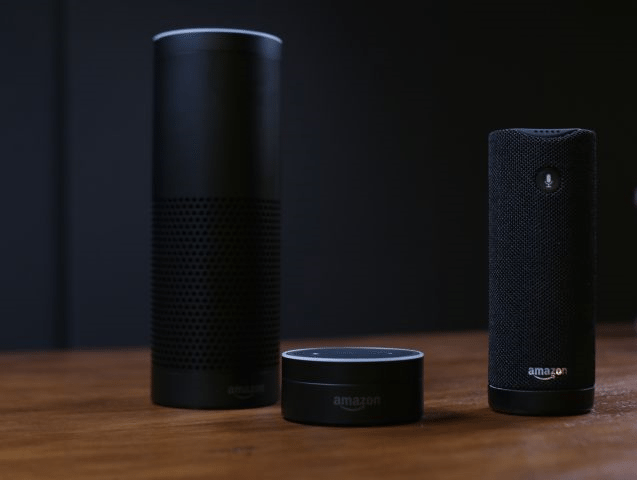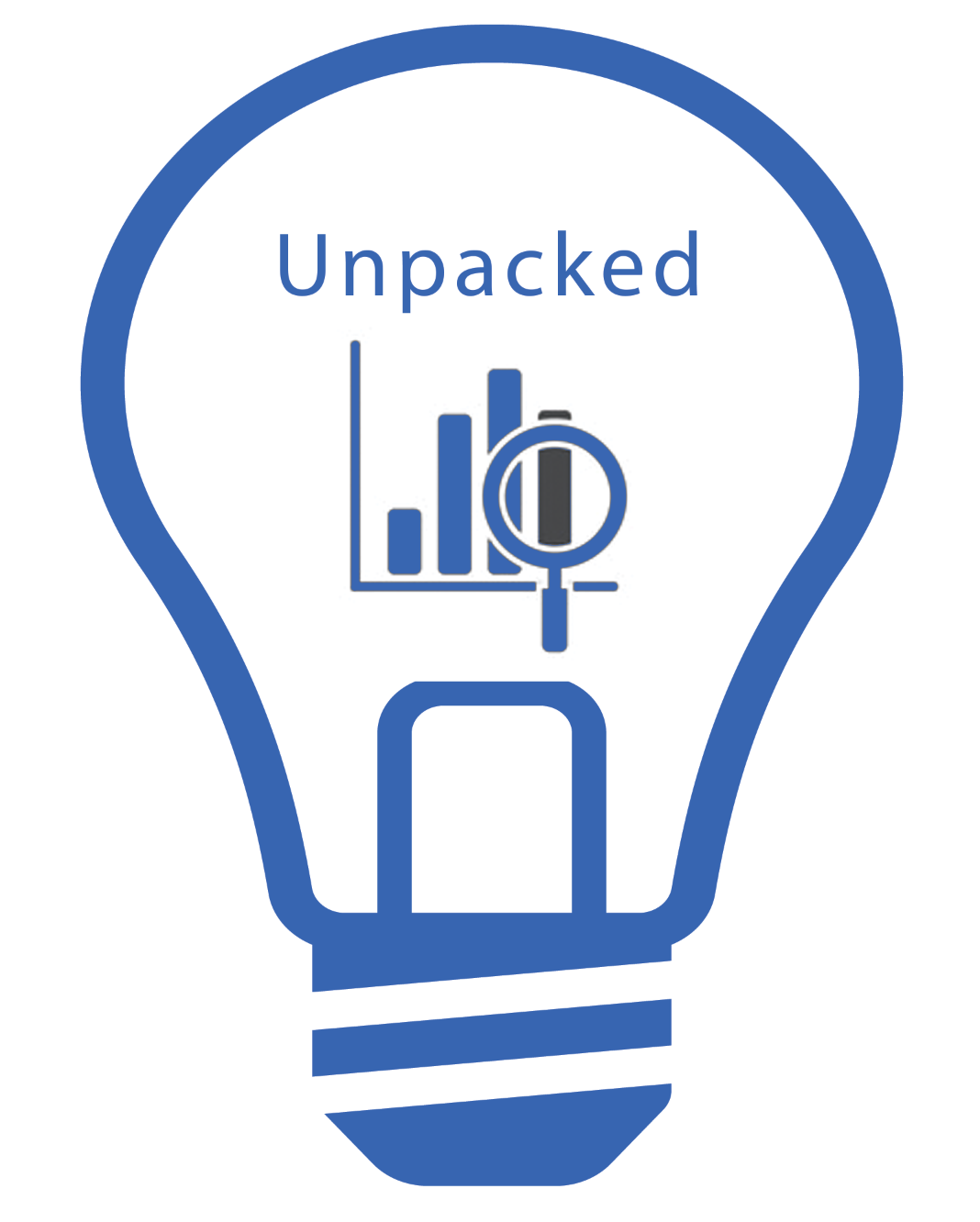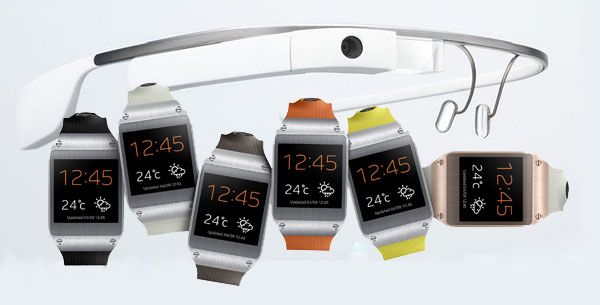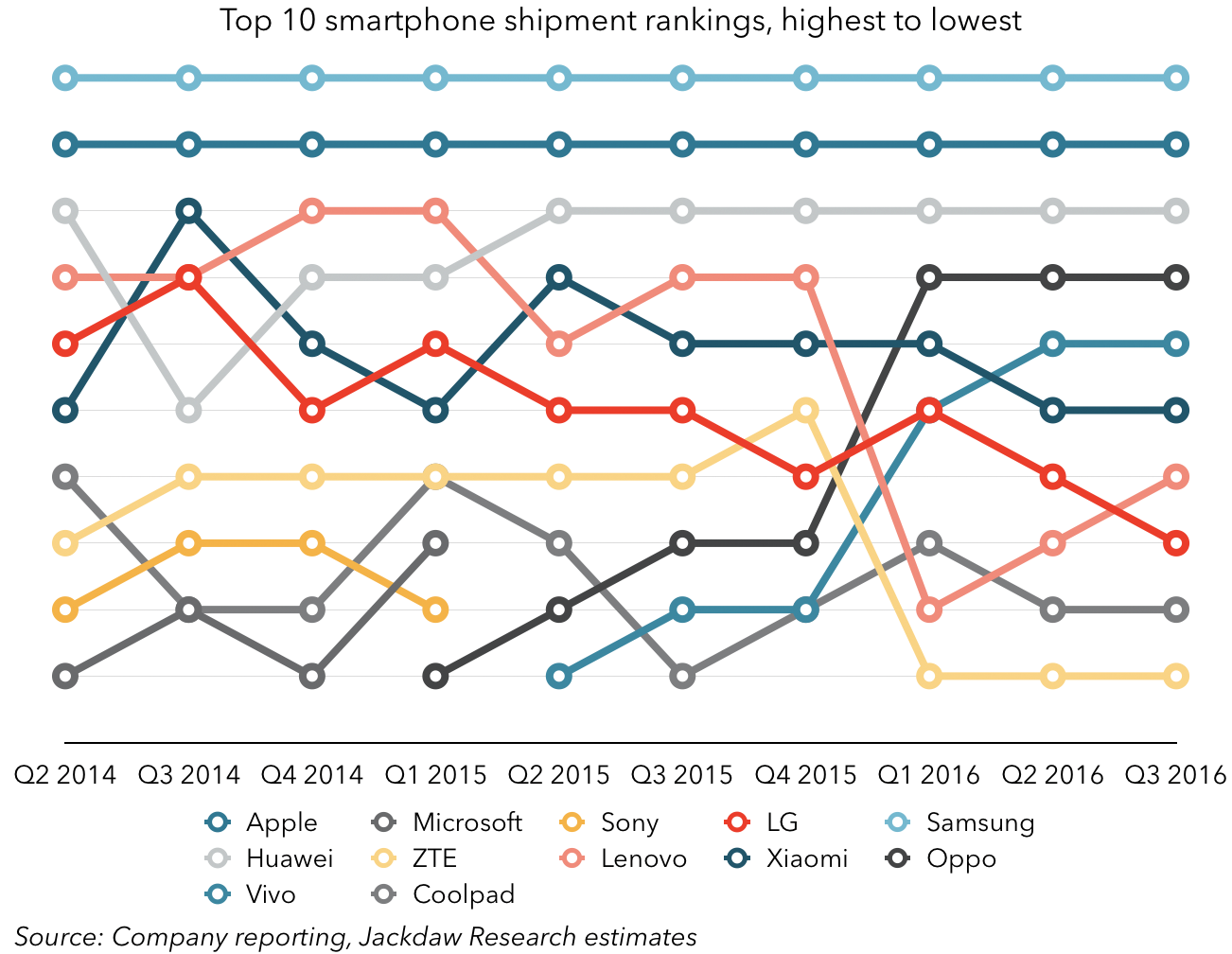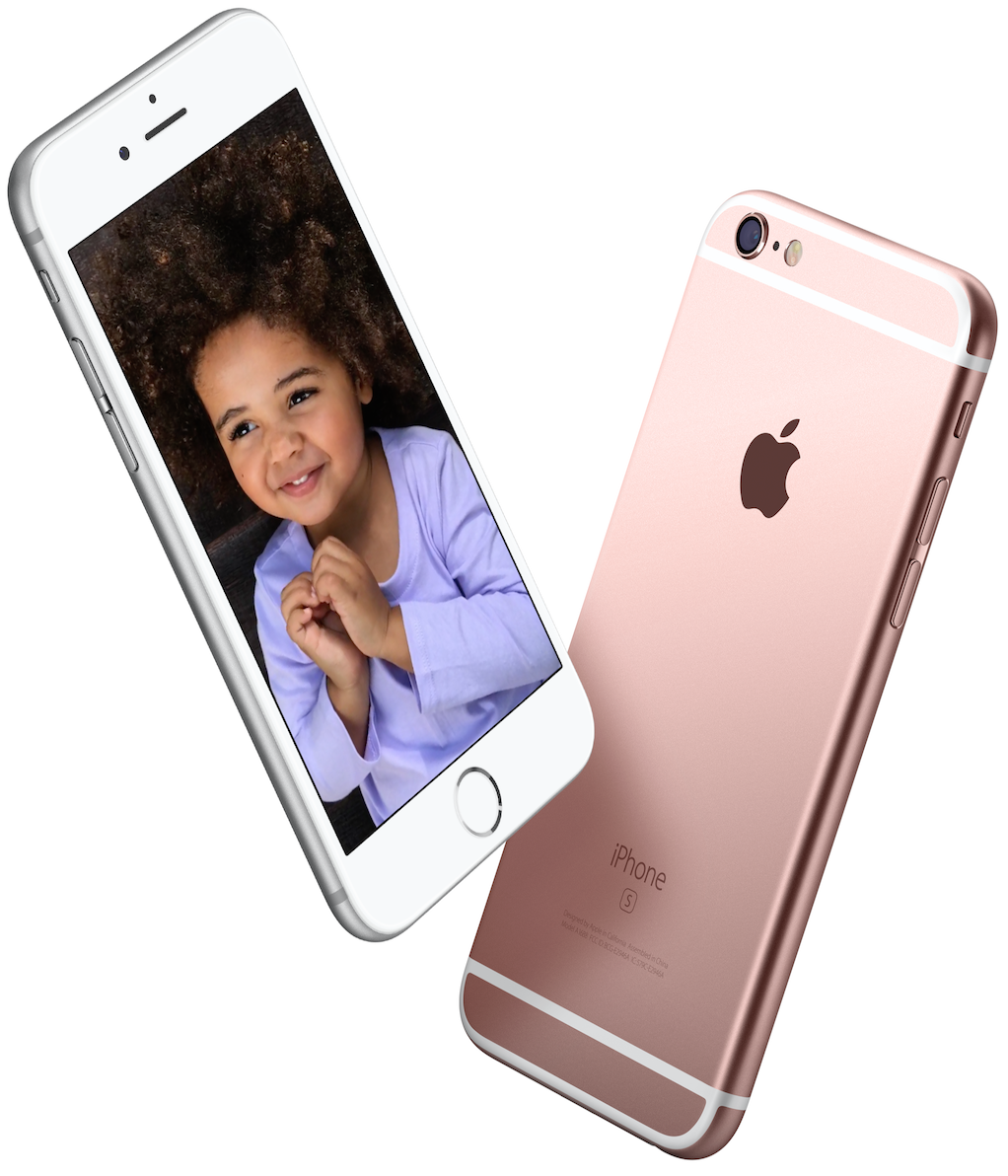One of the ‘next big things’ in the mobile landscape is going to be the Internet of Things (IoT) – the billions of devices that will be connected to the internet in the coming years. Major categories of IoT devices include the connected home, automotive/telematics, industrial, smart cities, healthcare, and transportation. After several years of analysts talking about and forecasting IoT, the market is starting to become real. Module prices have fallen to under $10 in some cases. Enterprise CIOs are starting to invest in IoT projects.
Most of the major mobile network operators are putting significant resources into developing an IoT business. It isn’t as sexy as the next iPhone or virtual reality – more of a series of base hits than triples or home runs. But Verizon has said it is on track to reach about $1 billion in revenues in 2016 and has acquired three IoT-related companies this year. AT&T reported, in the second quarter of 2016, there are 29 million connected devices on its network (non-smartphones or tablets).
One of the inhibitors to more rapid IoT growth has been the lack of the right type of network to connect these billions of devices. Many of the devices or sensors have different connectivity requirements than the typical smartphone, tablet, or connected car. They need a network that will support low power requirements (batteries that last years, not days), have wide area and strong in-building coverage, and support relatively low and/or bursty data speeds. Historically, legacy 2G networks (remember GSM?) have supported some IoT devices. But the operators are slowly retiring these networks so they can refarm the spectrum to meet the demand of bandwidth-hungry smartphone users. And the typical LTE network isn’t really suited for many types of IoT devices: requiring too much power, not having adequate reach, and costing too much for a sensor that might only consume a few kilobytes a day.
Fortunately, help is on the way. We are seeing the emergence of purpose-built networks for IoT, called [wait for the really unwieldy marketing name] Low Power Wide Area Networks (LPWANs). LPWANs are intended for IoT solutions that need low power consumption (under 1 MB per day), extended battery life (5-10 years), long range (10km or more), and good penetration in buildings and underground. They are an alternative to wide area network technologies (cellular) and to short range networks (Wi-Fi, ZigBee).
But, like most things in tech, it’s complicated. During 2016, we have seen the launch of three types of LPWANs in the United States, all using the unlicensed band (like Wi-Fi), but each employing a different standard and business framework:
• LoRa is an emerging standard for LPWANs and has attracted a fairly diverse group of tech sector players. In the United States, LoRa uses the 915 MHz band. A company called Senet is building a LoRaWAN network in the US.
• Ingenu is a vertically integrated company that uses its own technology, called RPMA, in the unlicensed 2.4 GHz band, branded The Machine Network.
• Sigfox has emerged as a rival to LoRaWAN. The company has raised some $300 million and operates several IoT networks in Europe. It has just started building in the US and also uses the unlicensed 900 MHz band.
Mobile Ecosystem estimates that, as of the end of Q3 2016, LPWANs covered 50-100m POPs in the US, between Ingenu, Sigfox, and LoRa (some overlapping). We predict the number of markets will at least double in 2017. Building these networks isn’t like building cellular: these companies say they can cover a city using only 20-30 towers.
If your head isn’t already spinning, just wait. Mobile network operators also plan to build LPWAN networks, but using the licensed spectrum they own. The first phase, LTE Category M1 (LTE-M), could launch in 2017. A second phase, called NB-IoT, will follow LTE-M, featuring greater range and the ability to accommodate devices with even lower power and transmission requirements.
AT&T says it is testing LTE-M this year. Verizon says it will be commercially available by the end of 2016 in some markets, with a broader launch in 2017. T-Mobile has not announced LTE-M plans but is seeking to capitalize on AT&T’s sunsetting of 2G by aggressively marketing its 2G network for IoT, encouraging ‘stranded’ A&T customers to switch to T-Mobile and enjoy free 2G services until the end of the year. Sprint hasn’t said much but is rumored to be considering a LoRa based deployment (its parent company, SoftBank, is deploying a LoRA network in Japan).
The deployment model for LTE-M is quite different than the unlicensed LPWAN crowd. Mobile operator IoT networks can be deployed relatively quickly (requiring only a software upgrade to existing radio equipment) but it will cost some $15,000-25,000 per base station.
This is all good for growth in the IoT sector but one can already sense a bubble brewing. It’s hard to see how the market can support three different types of unlicensed networks plus the approaching LTE-M networks from the mobile operators. Enterprises considering large scale deployments aren’t going to want myriad devices operating in different bands.
We can already see cracks in the plans. Sigfox splashily announced in May it plans to reach 100 cities in the US by the end of the year but does not appear anywhere close to achieving this goal. Ingenu continues to build out in the US but appears equally focused in licensing its RPMA technology in other geographies. LoRa in the US is relying on venture-backed Senet and a couple of smaller players. Comcast is testing LoRA under the brand MachineQ. All this activity in the unlicensed band will all shake out over the next year or so, depending on how extensively the cellular operators build out LTE-M and how aggressively they try able to sell it.
The good news, however, is the stars are starting to align for IoT: falling module prices; enterprises committing to larger scale deployments; a growing and diversifying supplier community; and the rollout of purpose-built networks and more suitable business framework to connect these billions of things.



